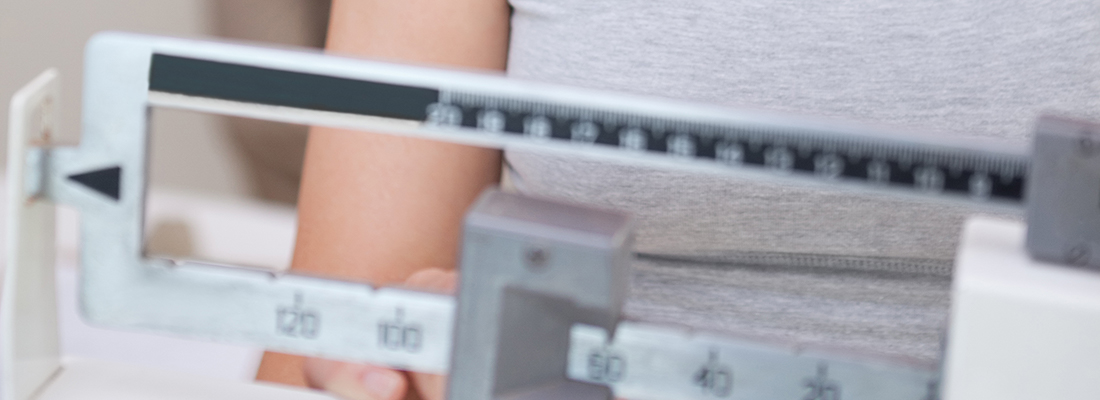When you lose weight, where does the fat go? With all the attention on losing weight, you’d think more people would understand this dramatic point. Quick – think of two possible answers for how the weight you lose leaves your body.
When we lose weight, where does the fat go?
Misconceptions about how we lose weight are widespread. Most people get it wrong, and according to the authors of a 2014 study published in the British Medical Journal (BMJ), so do “. . . general practitioners, dietitians, and personal trainers.” In their paper entitled “When somebody loses weight, where does the fat go?” Ruben Meerman and Andrew Brown of Australia’s University of New South Wales report that most people believe fat is converted to energy or heat, but this “violates the law of conservation of mass.” Among other common misconceptions were that metabolites of fat are converted to muscle tissue, or excreted when we go to the bathroom.
Translating science into plain English
In practical terms, the researchers say that an average person weighing about 155 lb. who eats a mixed diet and who breathes approximately 12 times per minute will exhale some 7 ounces of carbon (metabolized fat) in a day divide equally into 8 hours of sleep, 8 hours at rest, and 8 hours engaged in light activity that doubles the resting metabolism rate. Replacing one resting hour with moderate exertion like jogging (raising the metabolism to about 7 times resting rate) will increase that carbon exhalation by about 20%.
To turn that around, if you lose 22 lbs. of fats (in the form of triglyceride), about 18 lbs. of that total goes out as exhaled breath. The bad news is that it doesn’t take very much excess food to erase the loss of fat. This drives home the truth that neither exercise nor diet alone will help you lose weight in a healthy way.
Increased exercise with reduced calorie intake is the key
The researchers’ calculations show that the lungs are the primary organ for the elimination fat. Losing weight requires unlocking the carbon stored in fat cells, which lends authority to the often-repeated imperative that if you want to lose weight, you must “eat less, move more.”
How does nose breathing figure in this?
Many sports trainers and elite athletes, as well as average weekend joggers and basketball players, easily accept the notion that it takes less effort to breathe through the mouth during exercise. However, it turns out that nose breathing is easier, more efficient and more beneficial than conventional wisdom would suggest. Hyperventilation – the heaving mouth-breathing that often goes along with extreme exertion – can result in an inefficient exchange of oxygen and carbon dioxide. More measured nasal breathing helps keep the appropriate balance.
Asthma, Athletics – Dieters?
Beginning in the 1950s, the Ukranian physician K.P. Buteyko spent years pursuing the idea that hyperventilation was especially detrimental to people with heart problems and asthma, who can habitually react to shortness of breath by gulping air through their mouths. The Buteyko breathing technique has been shown to help patients with severe asthma whose dependence on steroid-based medicine puts them at risk. There is also a strand of medical research that suggests an additional benefit of nasal breathing: Nitric Oxide, which enters the lungs at low levels via the nasal passages, can help to improve lung function, fight bacteria and act to improve blood flow. Today, more athletes and trainers are coming around to the idea that measured breathing through the nose is better for peak performance and for cooling down.
Tips to help you stop mouth breathing
Here are some tips to help you stop being a ‘mouth breather’ and develop a healthier nose breathing habit, based on advice at LiveStrong.com:
Sit up with your back straight, close your mouth in a relaxed way, and tilt your head back a little while inhaling some deep breaths through the nose. Many mouth-breathers (and lots of people who work at a computer keyboard) tend to hunch forward, closing off the airway.
If your nose feels too blocked to let in a good breath, try this Buteyko nose-clearing method: inhale, then exhale completely through your nose. Now pinch your nostrils closed with your fingers, and hold the out-breath for several seconds. Release your nostrils and inhale forcefully through your nose.
For chronically stuffed nose, see your doctor for advice on using saline nasal spray, an adhesive strip to help open nasal passages, or a netti pot to relieve congestion.
Relaxation, better breathing, more effective weight loss
It’s logical that bad breathing habits can arise from being overweight and out of condition – if you get out of breath easily, you’re more prone to develop a mouth-breathing habit, with all its detriments including hyperventilation, stuffy nose, and imbalance in the ratio of oxygen intake to carbon dioxide exhalation. So, breathe through your nose, eat less, add more exercise as you’re able, and enjoy the benefits of healthy weight loss.

